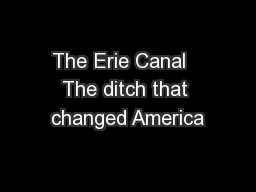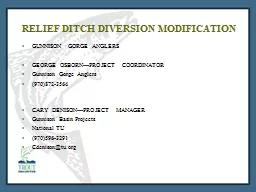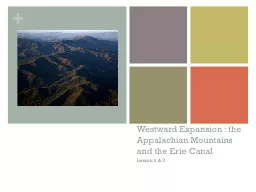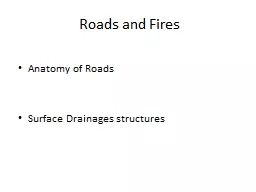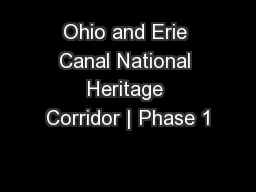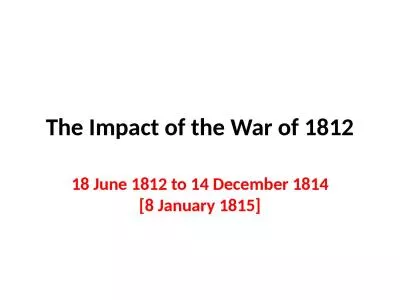PPT-The Erie Canal The ditch that changed America
Author : test | Published Date : 2018-10-29
By Luciano DOrazio CS 150 Charles James Fox School Bronx NY New York State Learning Standards Standard 1 History of the United States and New York students will
Presentation Embed Code
Download Presentation
Download Presentation The PPT/PDF document "The Erie Canal The ditch that changed ..." is the property of its rightful owner. Permission is granted to download and print the materials on this website for personal, non-commercial use only, and to display it on your personal computer provided you do not modify the materials and that you retain all copyright notices contained in the materials. By downloading content from our website, you accept the terms of this agreement.
The Erie Canal The ditch that changed America: Transcript
Download Rules Of Document
"The Erie Canal The ditch that changed America"The content belongs to its owner. You may download and print it for personal use, without modification, and keep all copyright notices. By downloading, you agree to these terms.
Related Documents

